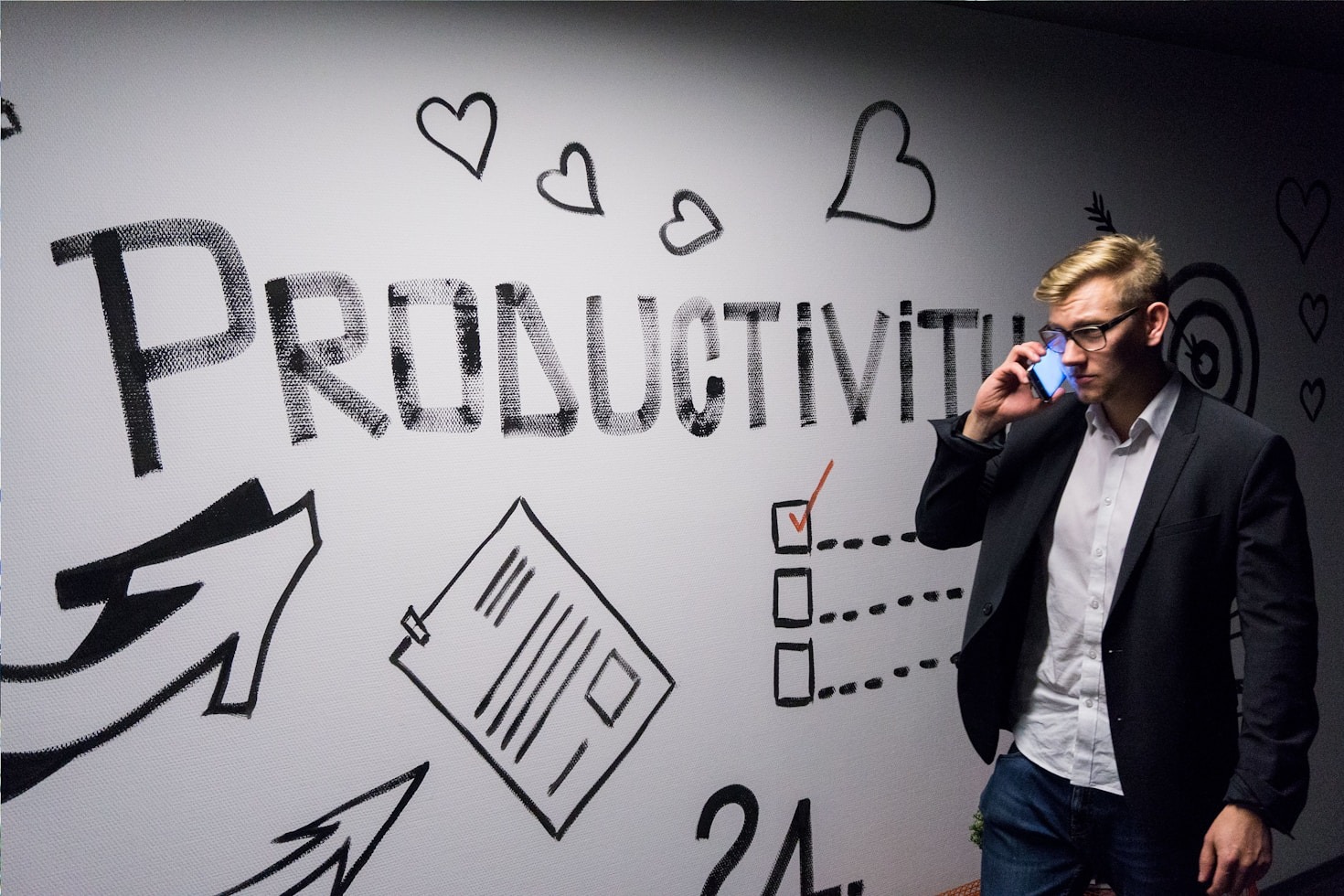Because future-ready organizations don’t just change what they decide — they transform how they decide
We often talk about innovation in terms of products, technologies, or business models. But there’s a quieter, more powerful lever for transformation hiding in plain sight: decision-making.
In moments of uncertainty, decision-making is either the bottleneck or the breakthrough. And yet, most boards and leadership teams continue to rely on legacy practices — linear, binary, excessively cautious — even when operating in exponential contexts.
At AIRIS, we believe that the future of governance lies not only in better decisions, but in more innovative decision cultures. Cultures that are courageous, intelligent, participatory, and aligned with the complexity of our times.
1. Innovation Begins Before the Answer — It Starts in the Question
Most decision-making processes begin too late. They assume the right question has already been asked — or worse, that there’s only one right question. But innovation starts upstream, where the framing happens.
🔍 Ask this instead:
→ What assumptions are shaping how we see this challenge?
→ What’s the decision beneath the decision?
📖 Stanford d.school and design thinking methodologies emphasize reframing as the essential first step in creative problem-solving. In governance, this often means stepping back from “should we approve this project?” to “what future are we trying to shape?”
2. Move Beyond Either/Or Thinking
Innovation rarely lives in binary choices. It lives in the space we usually skip: third ways, hybrid models, conscious delays, redefinitions. Binary decisions may feel efficient, but they limit imagination.
🛠 Try this shift:
→ Replace “Option A vs. Option B” with “What’s the possibility we haven’t explored yet?”
→ Introduce “intelligent experimentation” as a valid outcome — not just yes/no.
📊 MIT Sloan research on ambidextrous leadership shows that organizations able to explore and exploit simultaneously outperform those with linear decision trees.
3. Bring Foresight to the Table
Most decisions are made under short-term pressure. But innovation requires a longer arc — one that integrates possible futures into today’s choices.
🧭 Action step:
→ Use tools like backcasting, future personas, or scenario tension mapping in key strategy sessions.
→ Ask: “What world will this decision make more likely?”
📖 The Institute for the Future (IFTF) has shown that organizations that embed foresight into decision processes are better equipped to navigate uncertainty, adapt policy, and innovate responsibly.
4. Make it Safe to Disagree and Invent
Where innovation dies: in rooms where silence is rewarded, disagreement is avoided, and conformity masquerades as alignment.
Innovation in decision-making requires psychological courage. And that starts with leaders creating space for productive friction — where divergent views are welcomed before convergence happens.
🛠 Make this cultural:
→ Design meetings with explicit roles: devil’s advocate, sensemaker, edge-scanner.
→ Normalize “I see it differently” as a contribution, not a challenge.
📖 Amy Edmondson (Harvard) and the concept of psychological safety show clear links between open dialogue and innovation outcomes — especially in high-stakes environments.
5. Redesign the Rhythm of Decisions
Innovation is not just about what we decide — it’s about how and when. Many leadership teams are trapped in outdated meeting structures that prioritize reporting over thinking, urgency over reflection.
📅 Shift the rhythm:
→ Introduce thinking sessions separate from decision sessions.
→ Protect slow time — space where no decisions are made, only sense-making.
→ Use visual decision maps, not only agendas.
📖 McKinsey’s research on decision effectiveness found that improving decision cadence (time, structure, people involved) increases organizational performance by up to 9% — even without changing strategy.
6. Decisions as Culture Shapers
Every decision you make — and how you make it — teaches your organization something. About what’s valued. About what’s safe. About what’s possible.
That’s why innovation in decision-making isn’t a niche skill. It’s cultural infrastructure.
💡 Leadership reflection:
→ What do our decision-making practices say about who we are?
→ Are we reinforcing the culture we want, or the one we inherited?
Closing Thought: Decide Like the Future Depends on It — Because It Does
In a world of complexity, innovation is no longer a department. It’s a competence — and it must live inside governance.
At AIRIS, we help leaders and boards redesign their decision-making cultures so they are not only effective, but evolutionary. Because the future won’t be built by organizations that make perfect decisions. It will be built by those that learn, adapt, and choose better ways of choosing — again and again.
✳️ Mini Audit: Is Your Decision Culture Future-Ready?
Take 10 minutes and ask your leadership team:
- Do we frame our decisions with curiosity — or just control?
- When was the last time we changed how we decide, not just what we decide?
- Is innovation welcome at the table — or only after it’s been “de-risked”?
The answers may not be comfortable. But they’ll tell you exactly where to start.

